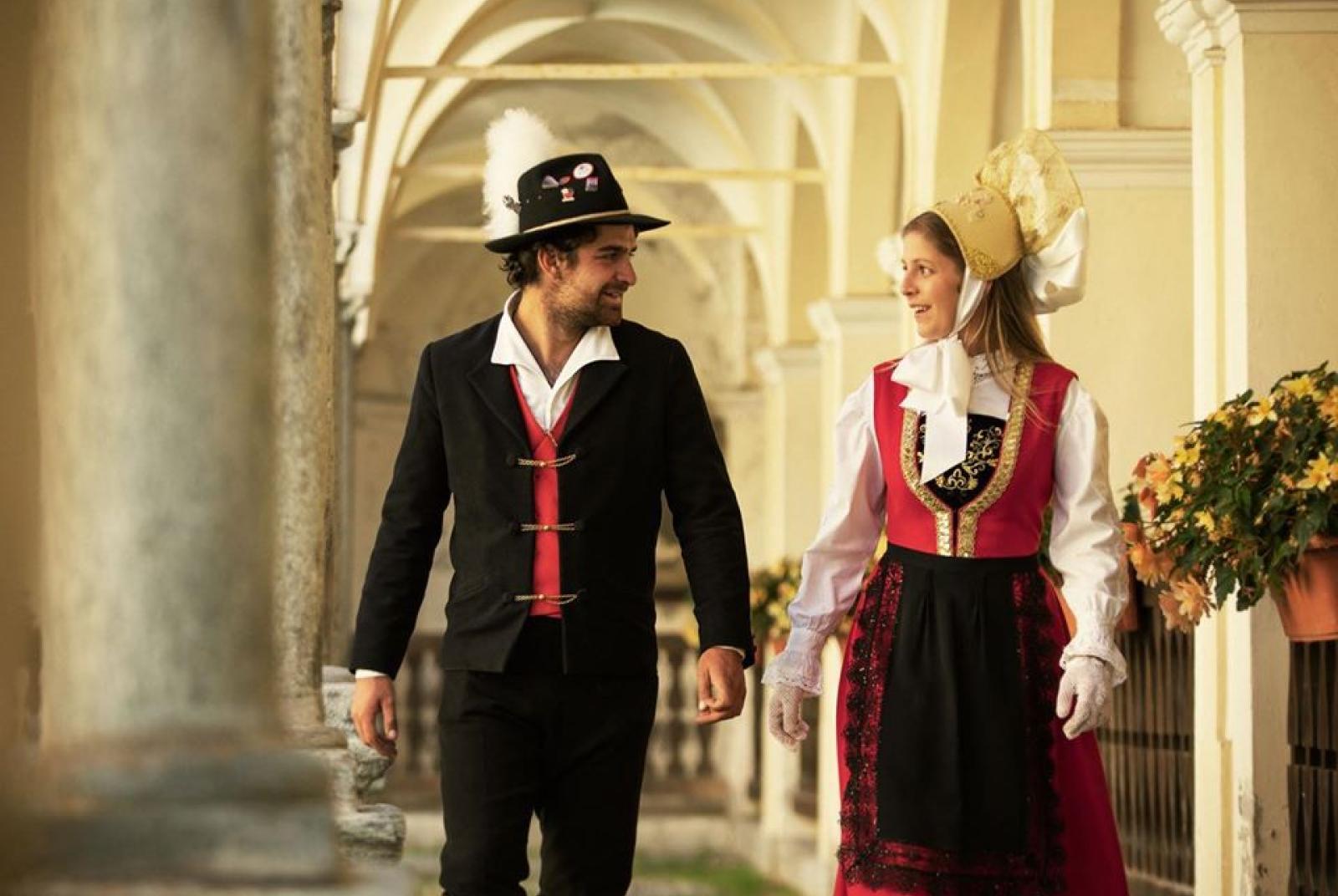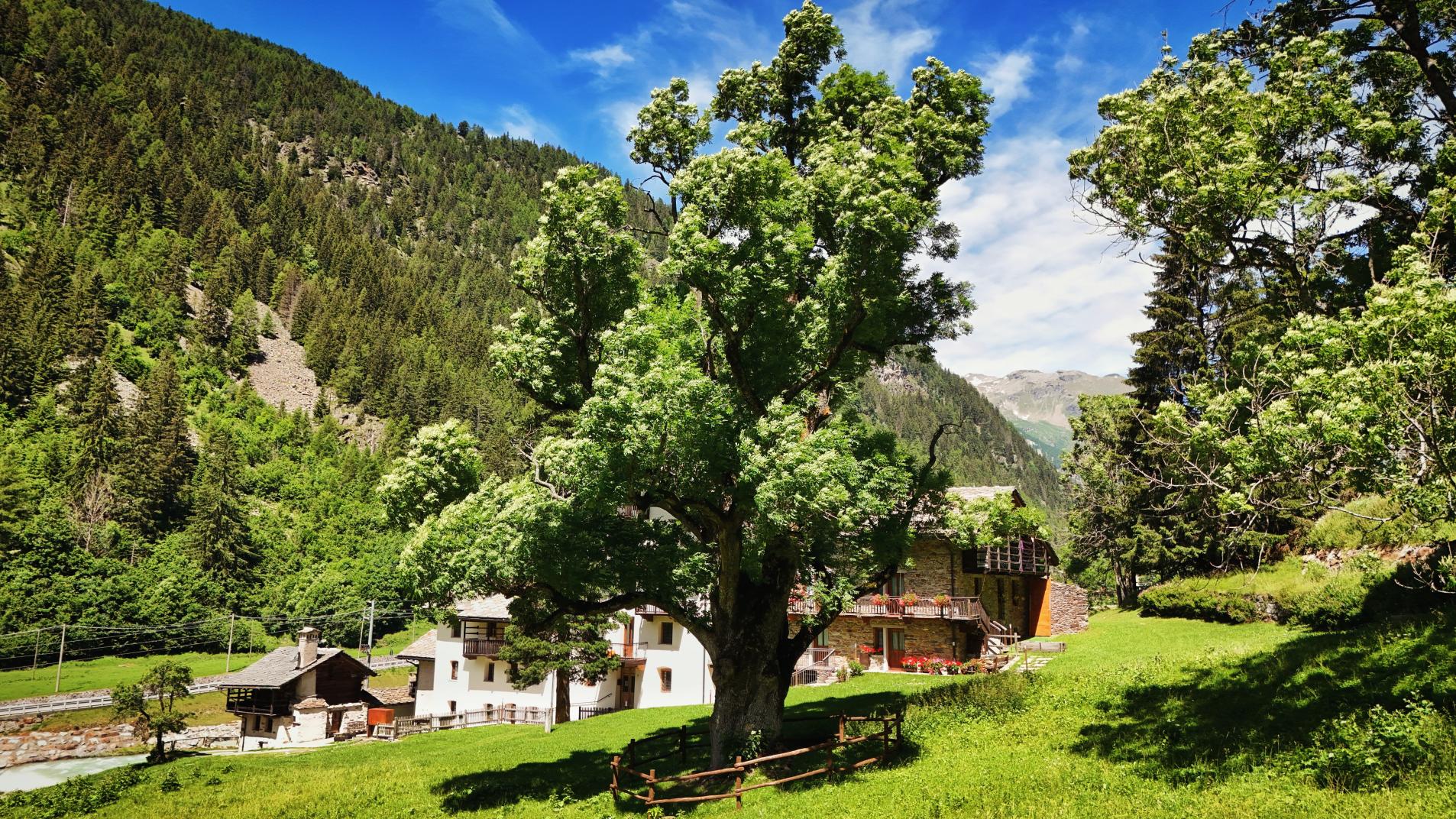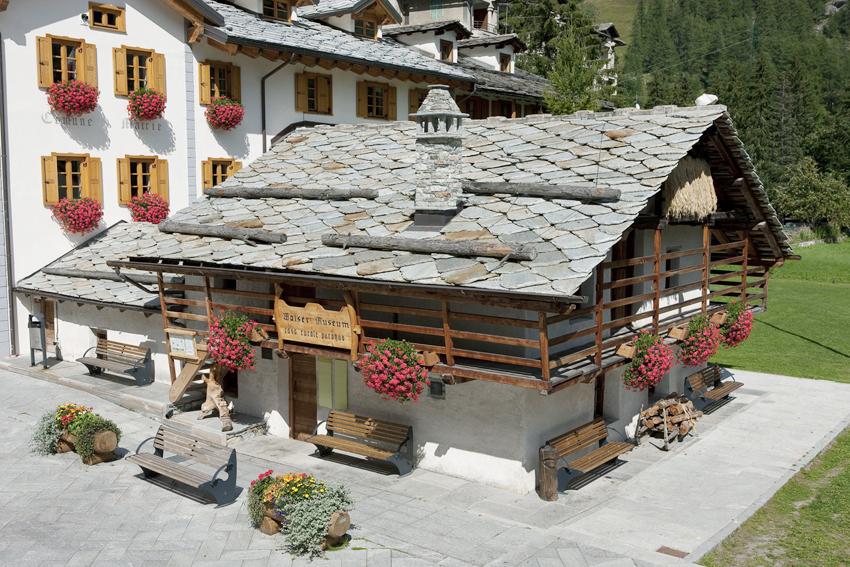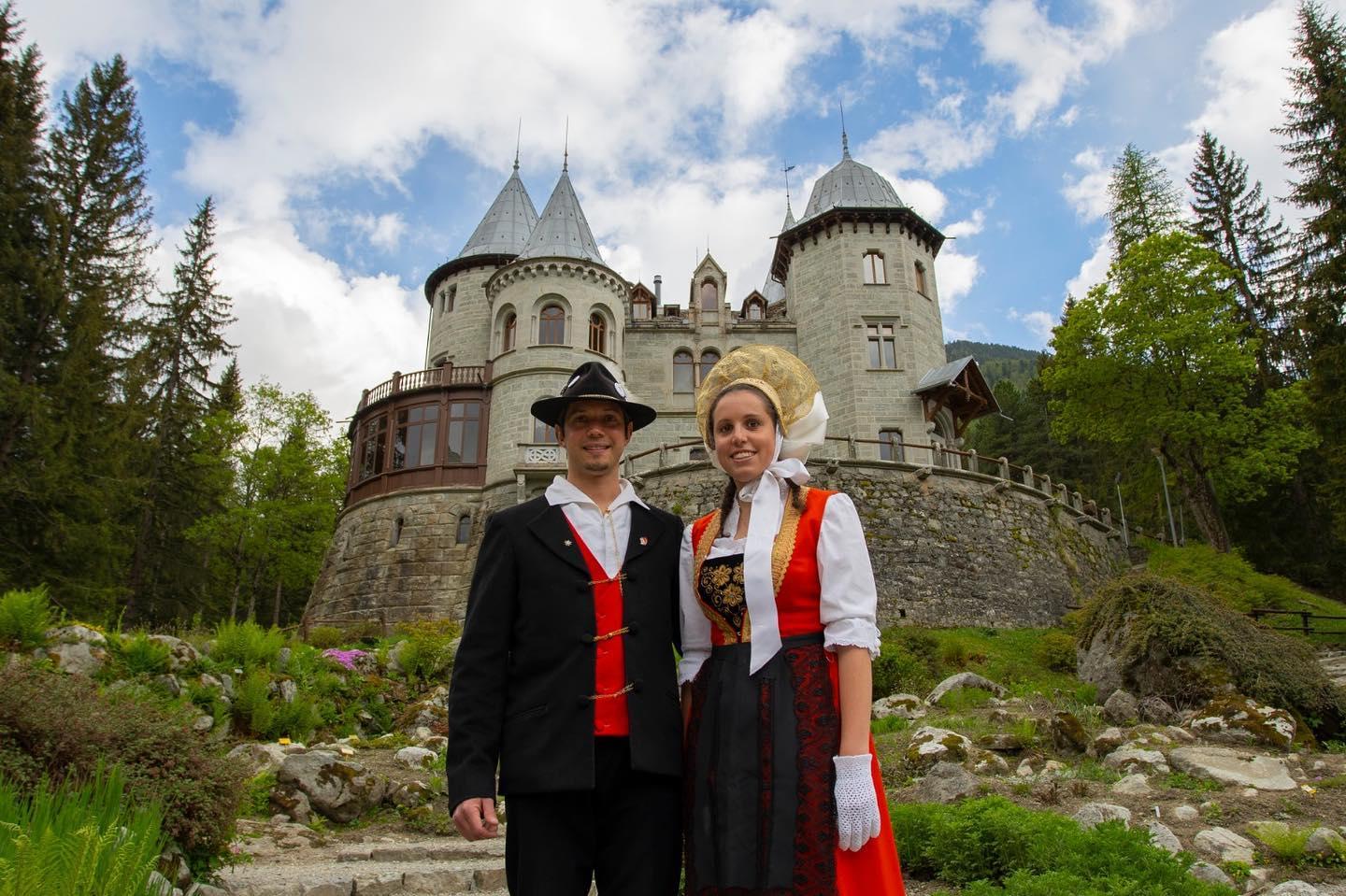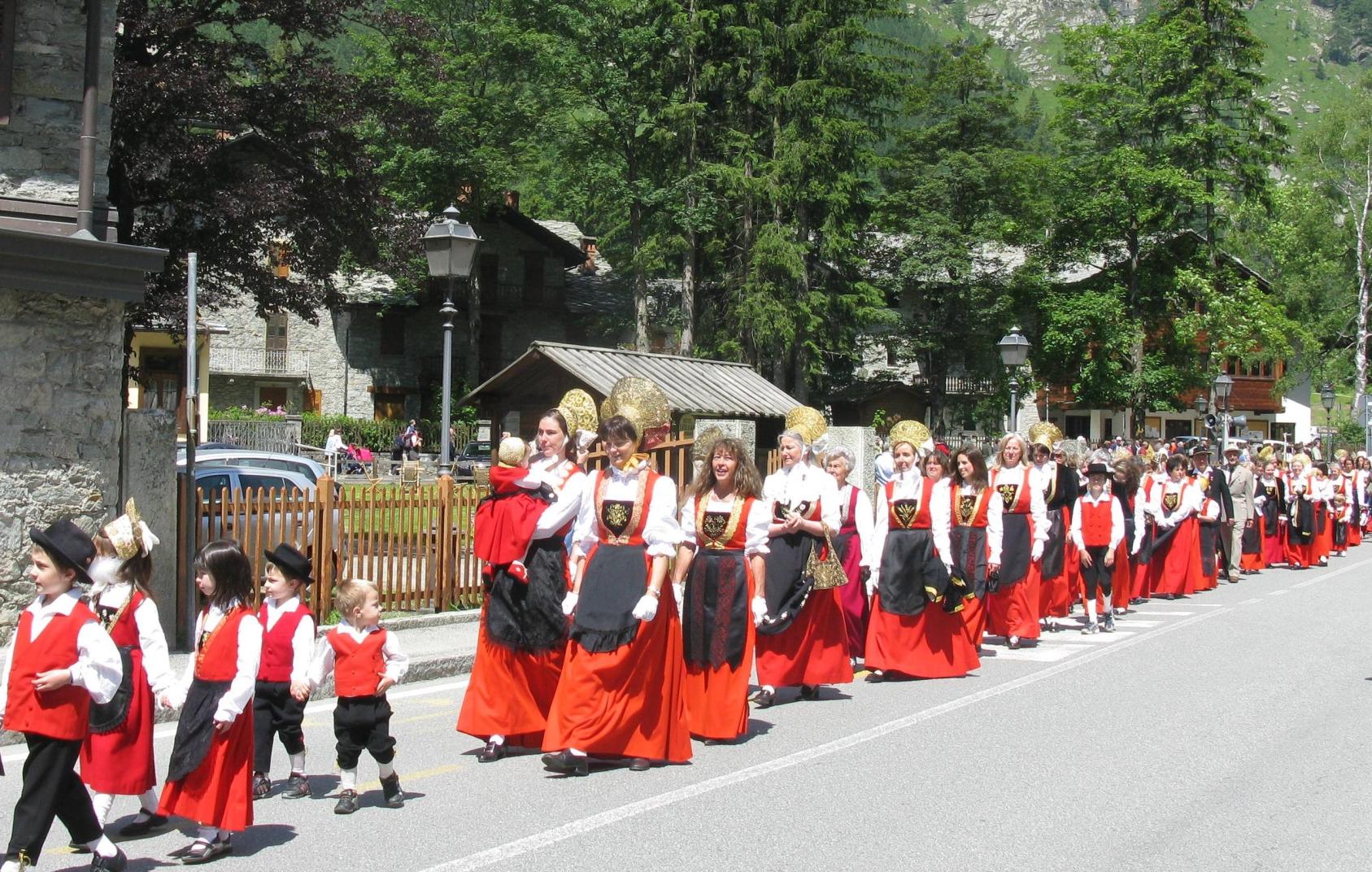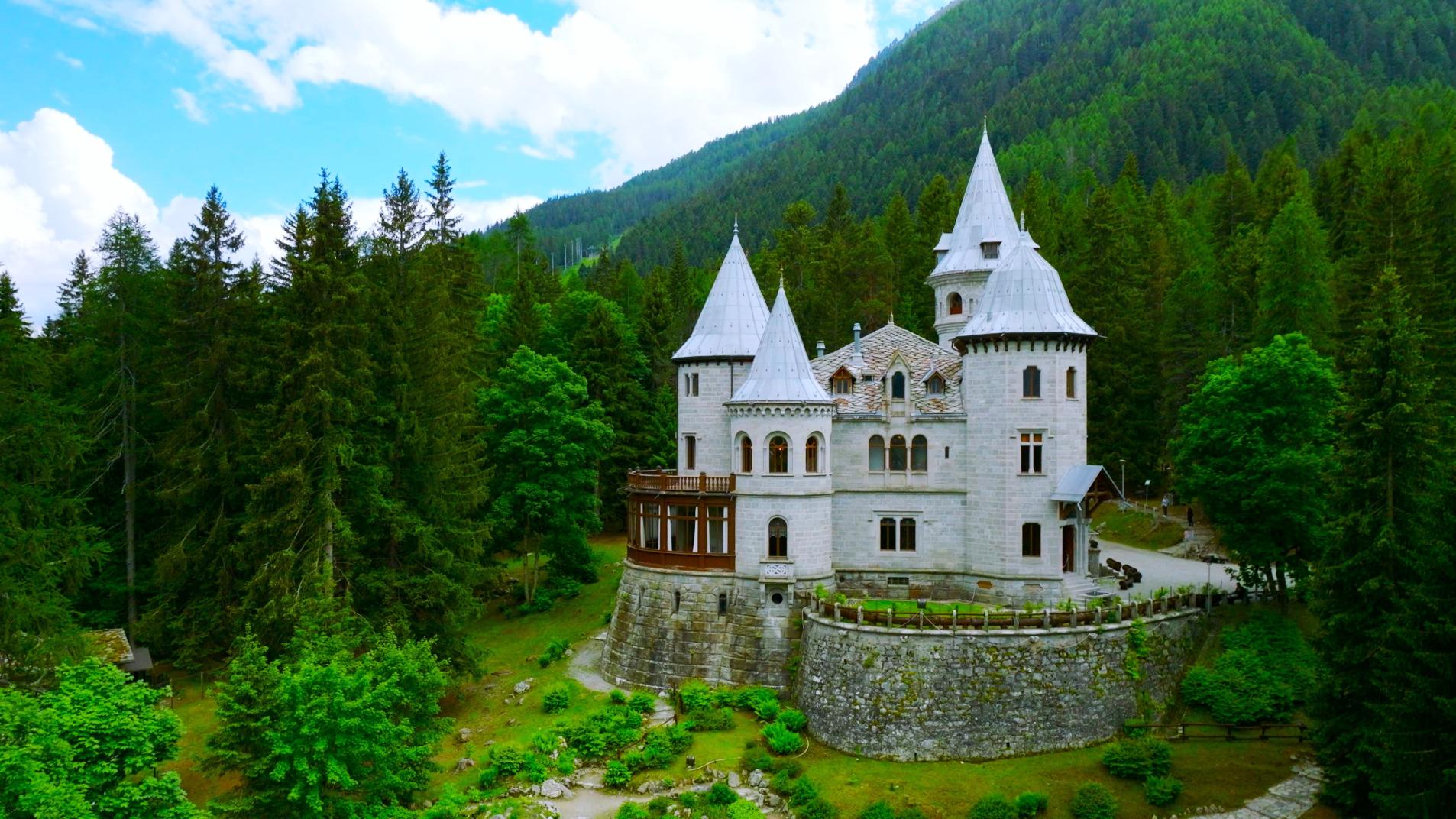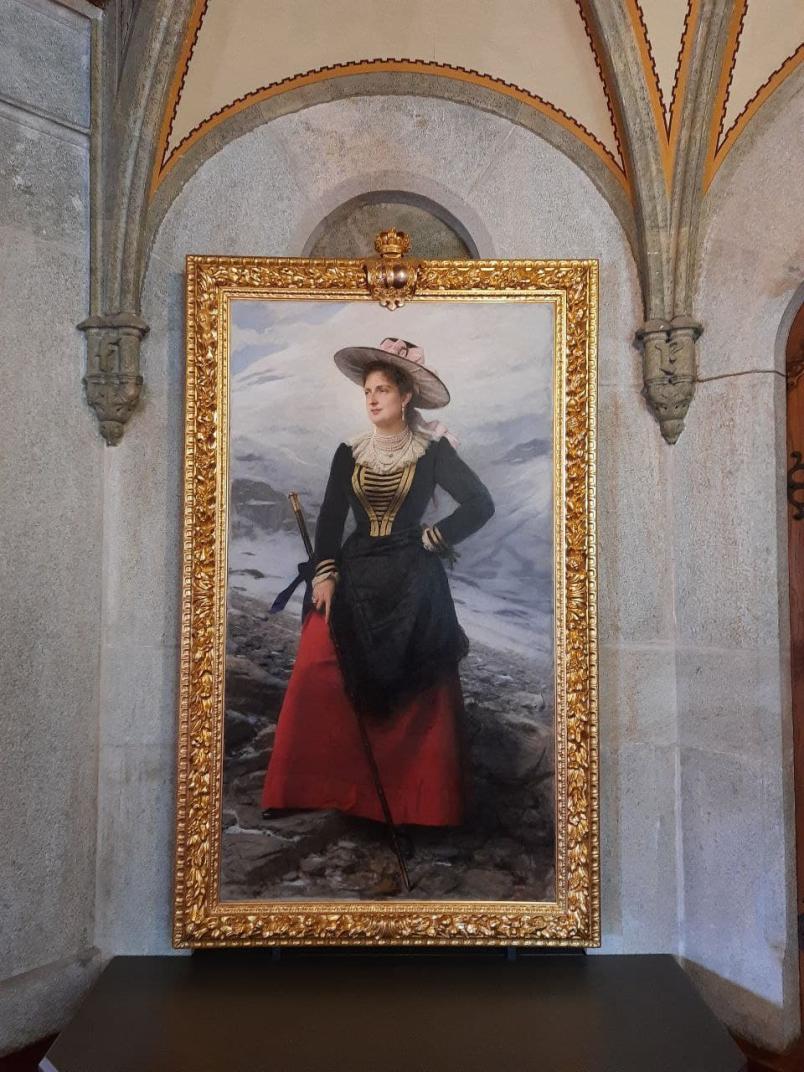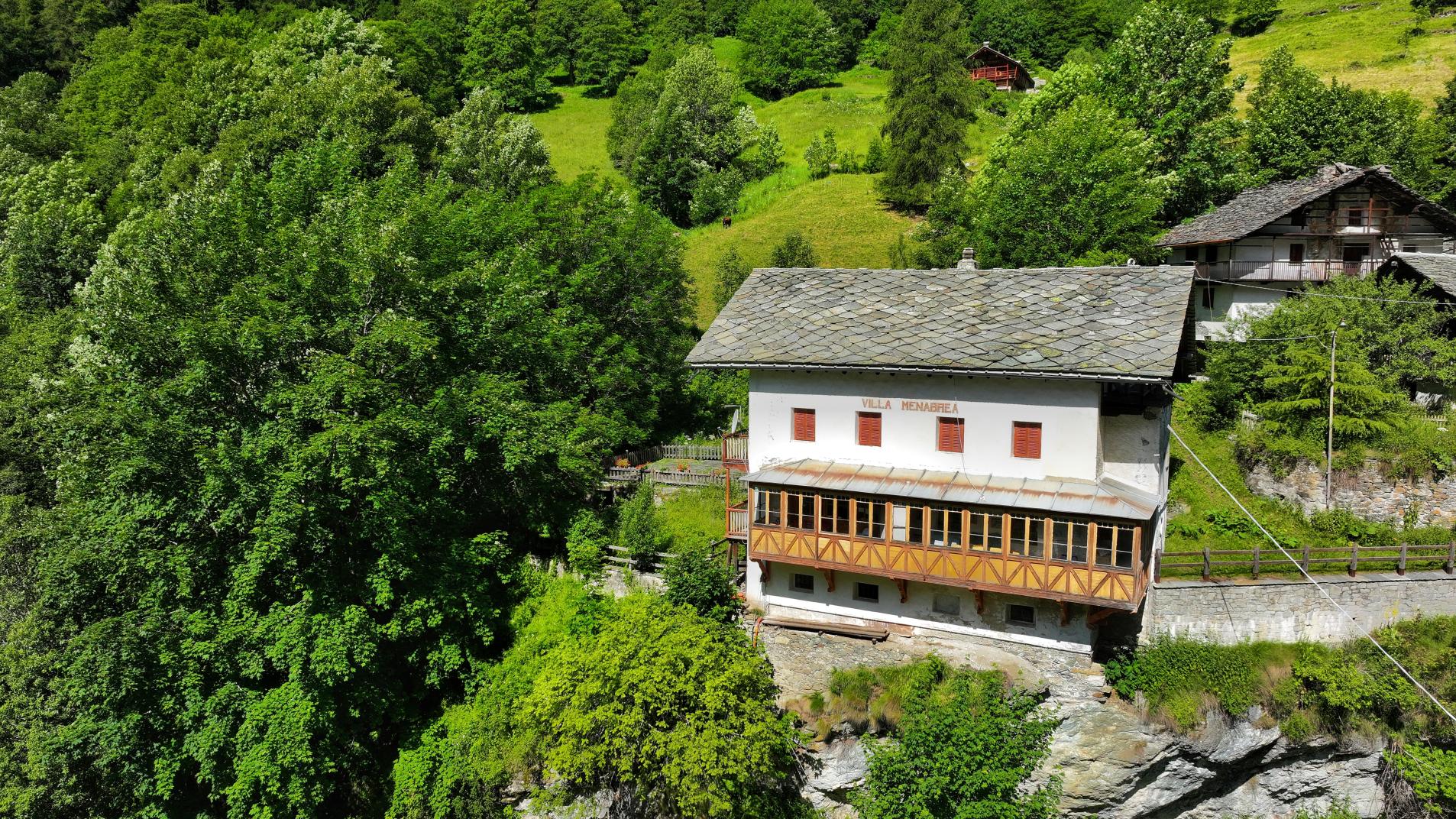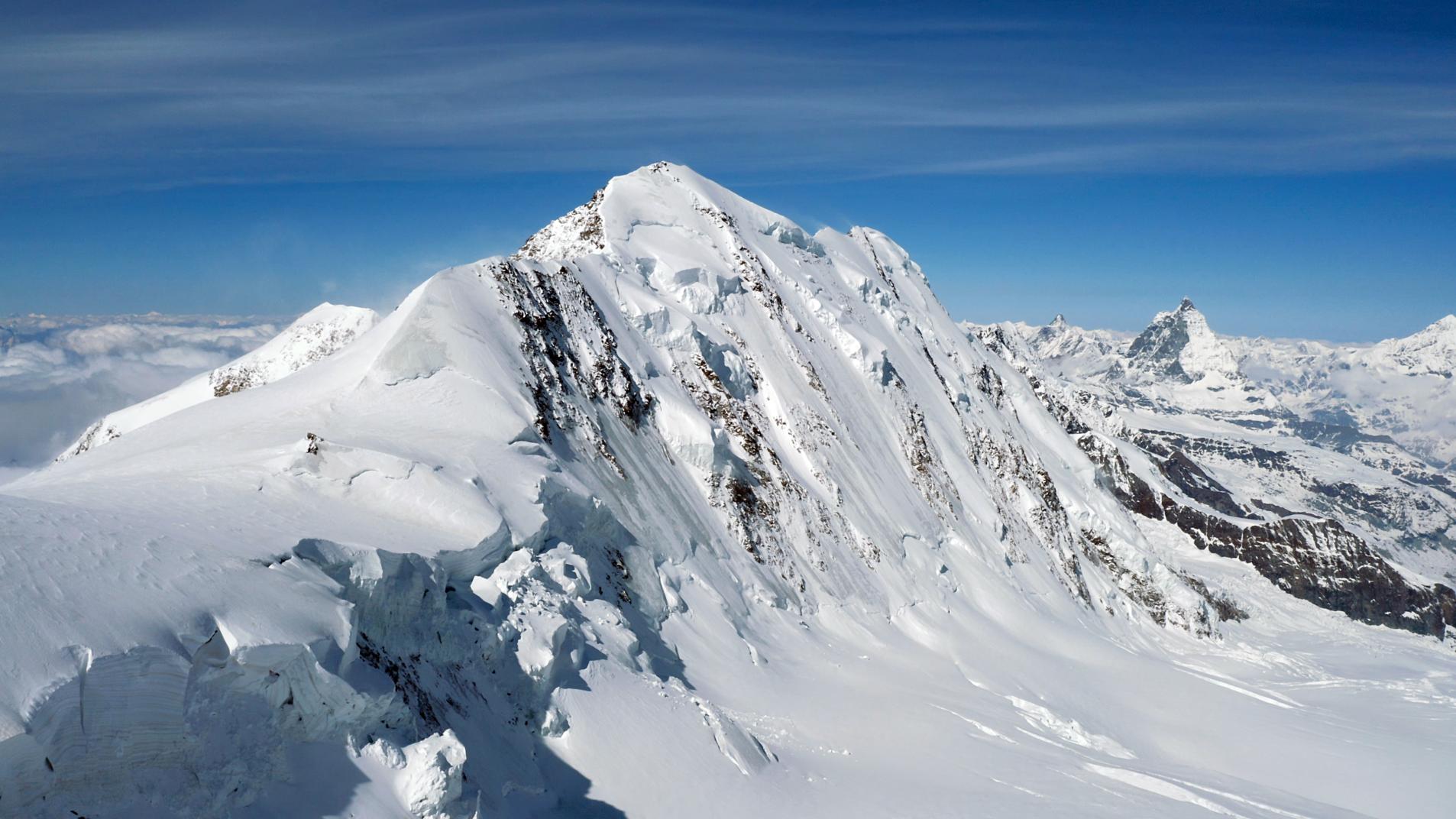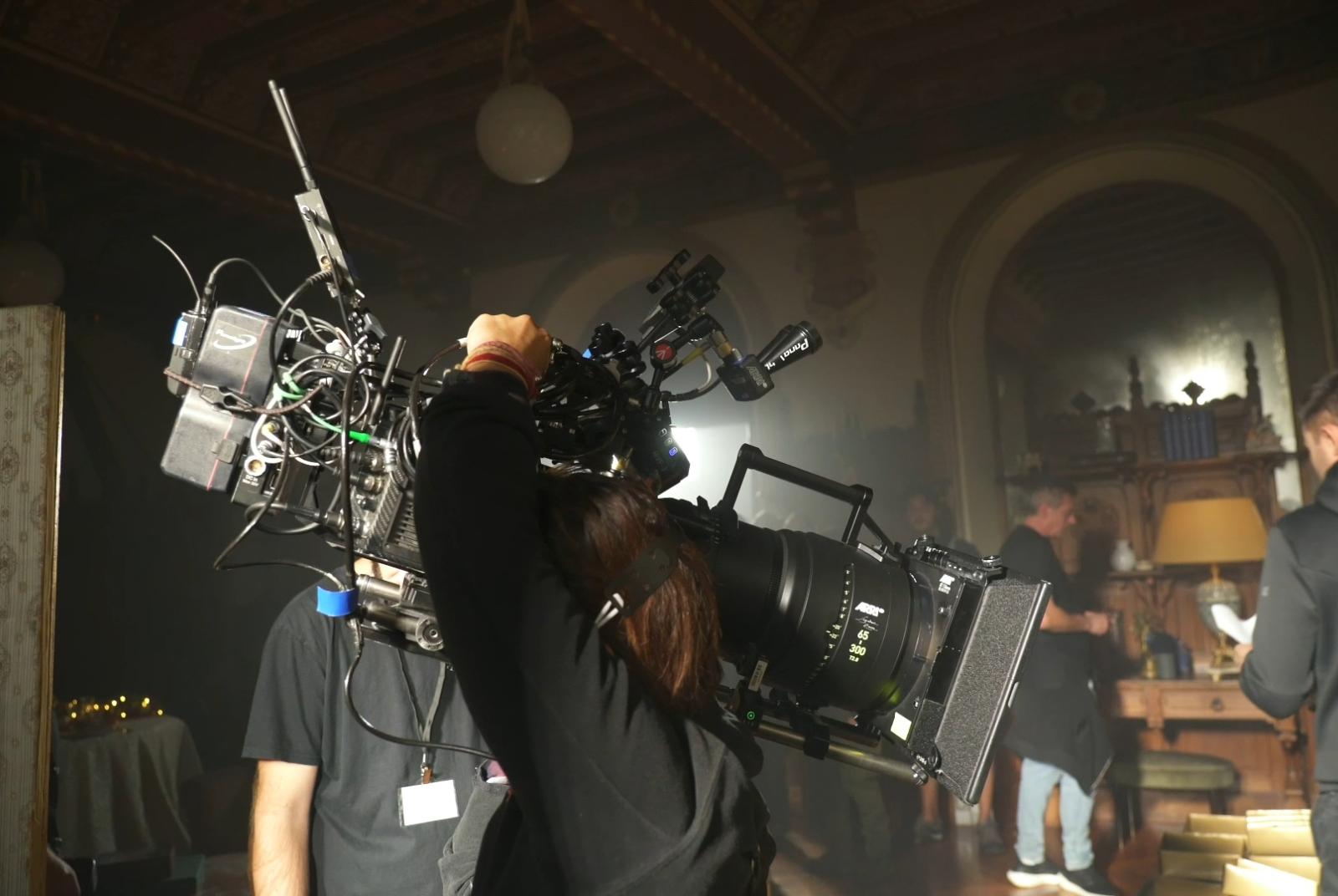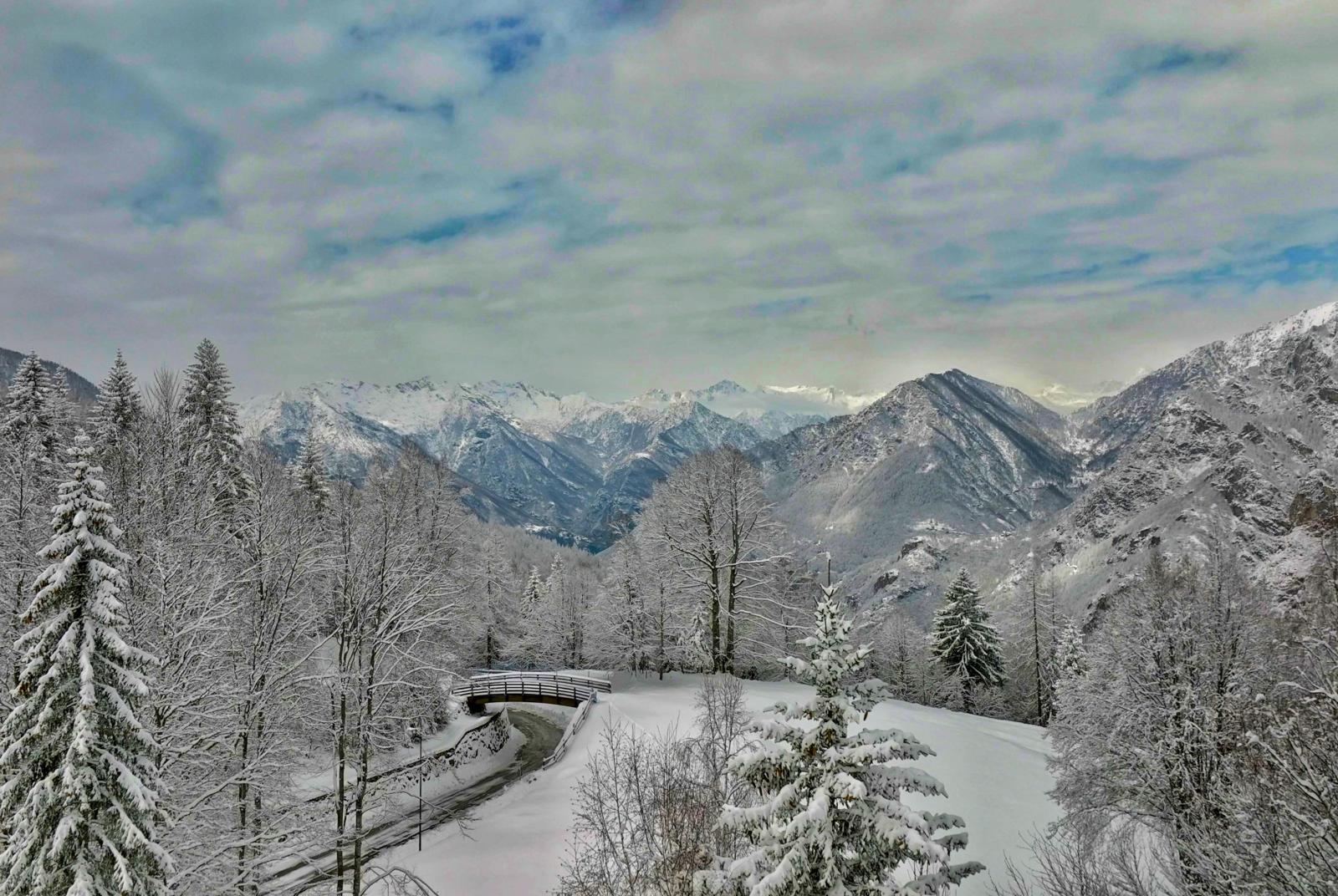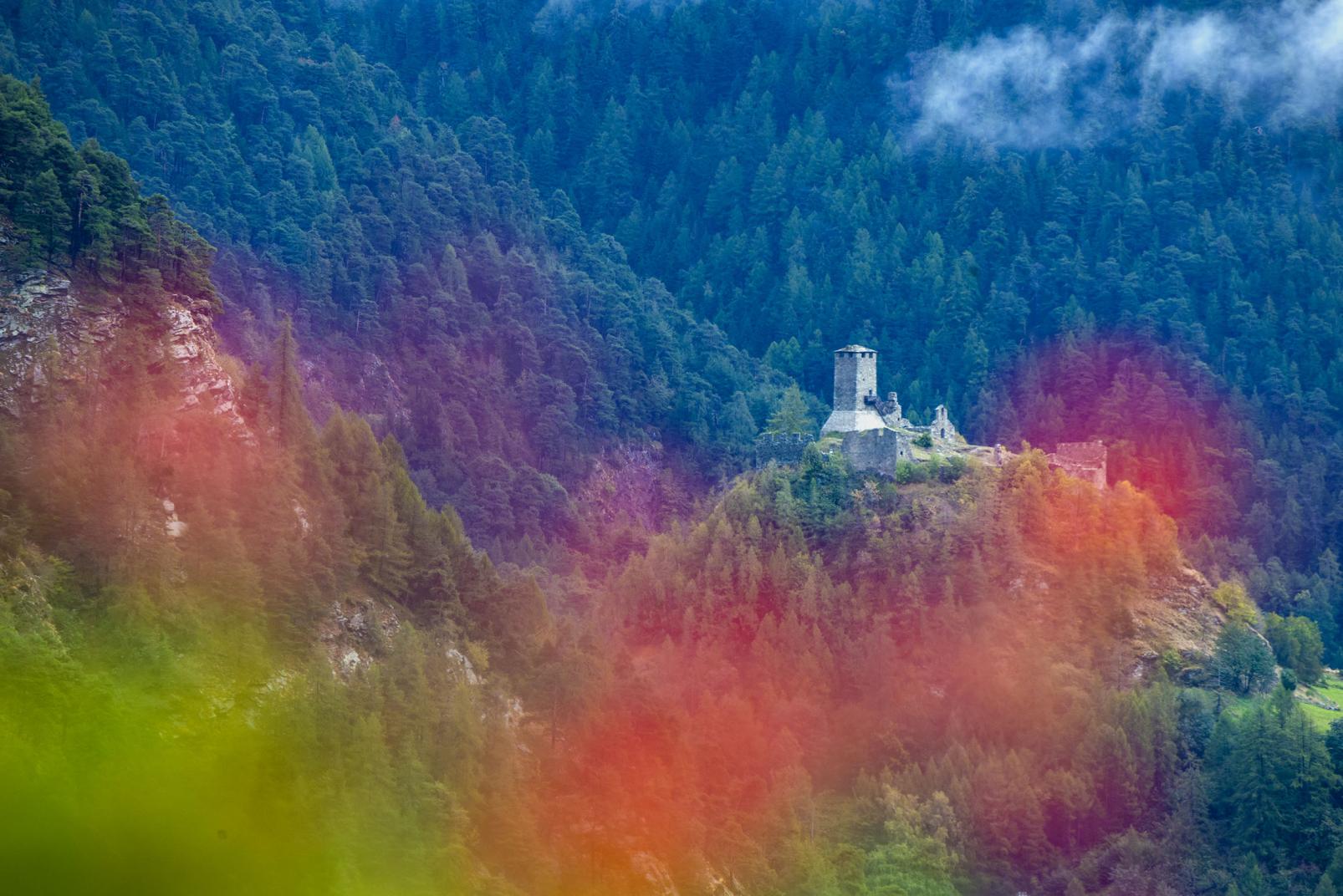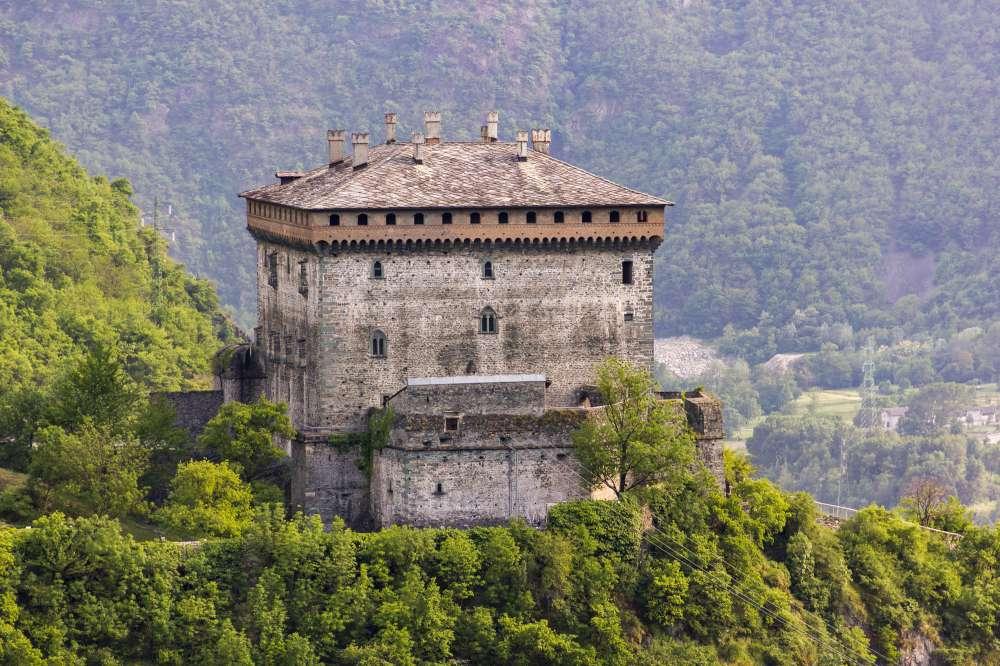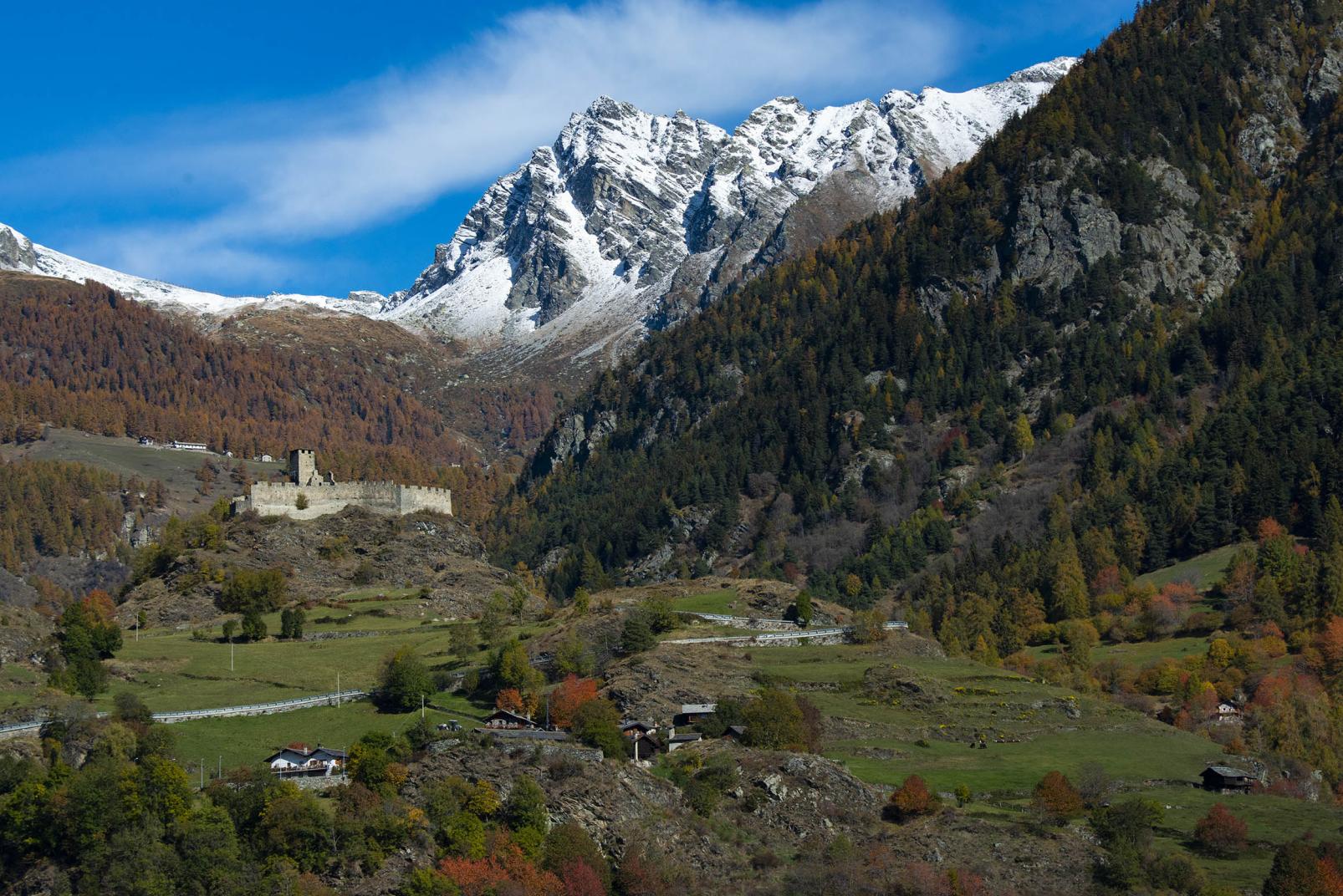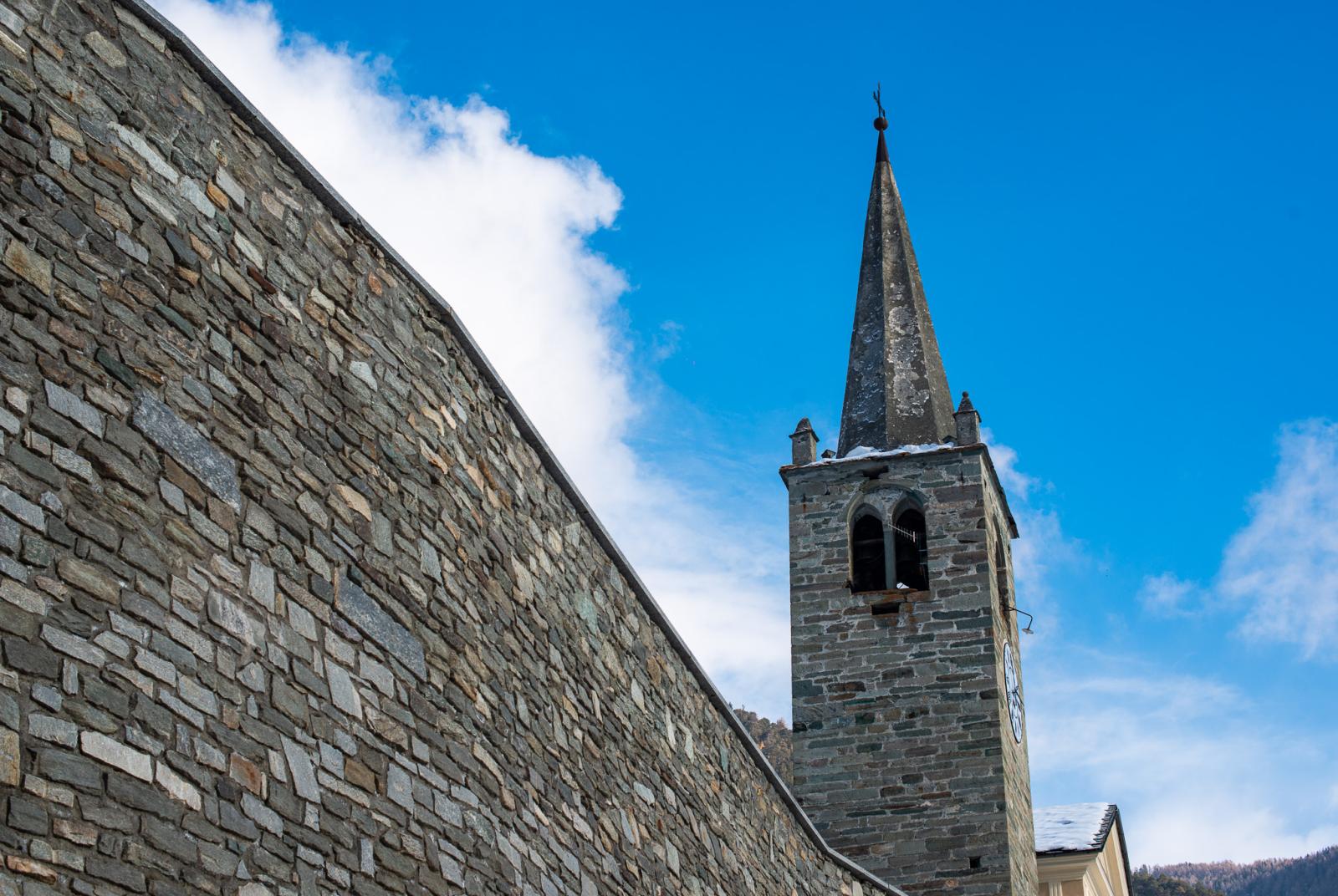The Aosta Valley is historically a completely French-speaking region, particularly since 1536, when the Conseil des Commis chose French as its working language.
In 25 BC, it was conquered by the Romans, who founded Augusta Praetoria, today's Aosta. It was important militarily and strategically for the control of the Piccolo and Gran San Bernardo passes.
Situated on the border with France and Switzerland, it is characterised by its linguistic particularism; the population speaks a Galloromance language, defined as Franco-Provençal: the Aosta Valley patois.
However, there are valleys where the dialect spoken is not the patois but a particular variant of the South German dialect, very similar to Swiss German in its most archaic form: the Walser language.
Known variants include the titsch of Gressoney Saint Jean, Gressoney La Trinité, the töitschu of Issime and the titzschu of Alagna Valsesia.
The Walser are a population of Germanic origin who colonised the lands around the majestic Monte Rosa in the Middle Ages, creating settlements in the valleys of Gressoney, Ayas and the Piemontese lands of Valsesia.
The name of this population indicates where they came from: Walser is a contraction of Walliser, meaning Wallisian, the Swiss Canton of Valais. The Walser people brought their language, traditions and culture to the new colonies, which still make these lands so fascinating today.
The modern history of this region is characterised by a tourist development that has transformed the Monte Rosa Valleys and Valsesia into stunning tourist destinations.
The Monterosa ski area is a pearl among our offerings and includes not only the valleys at the foot of Monte Rosa but also the wild and unique Champorcher Valley, where the 15th-century church of San Nicola is located and where hemp cloth spinning and weaving were important crafts until the mid-1900s.
Four valleys to discover, enjoy a dream holiday among,, entertainment, history, culture and traditions.

